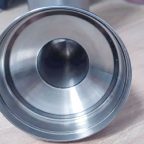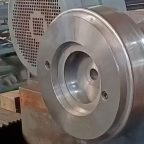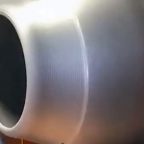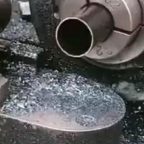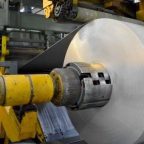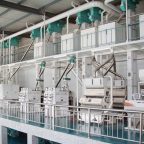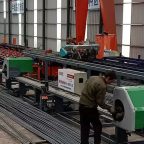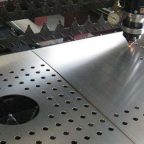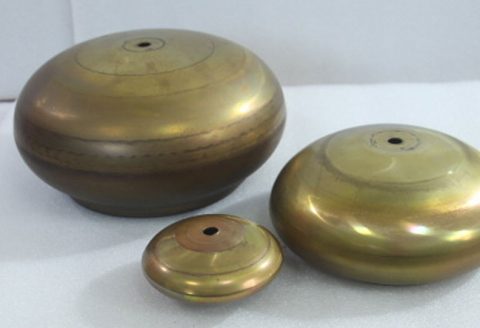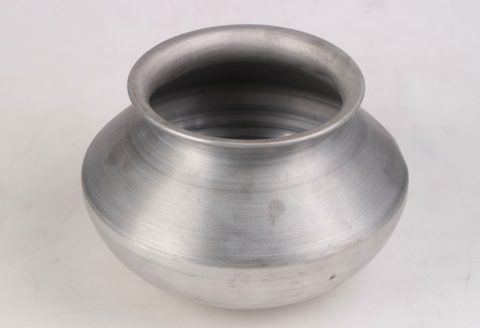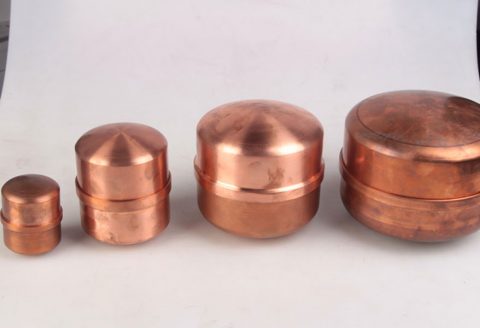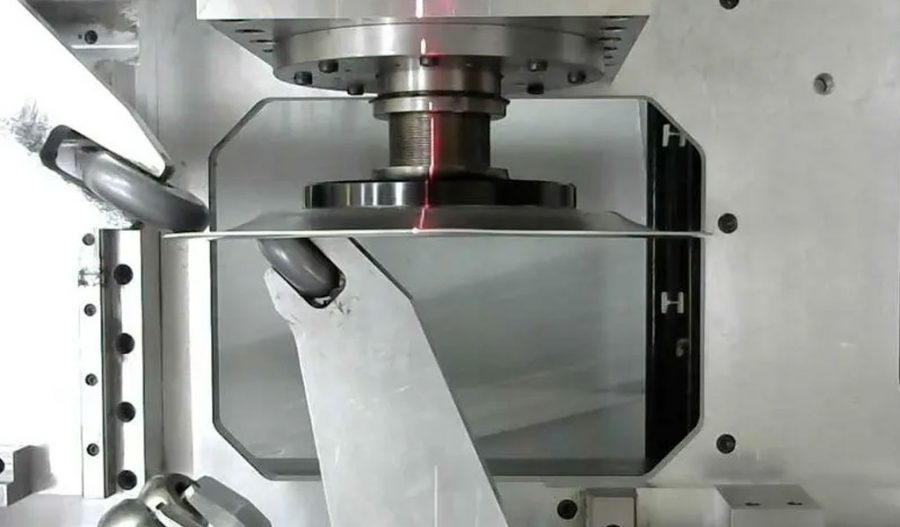
Metal spinning, also known as spin forming or spinning, is a metalworking process by which a disc or tube of metal is rotated at high speed and formed into an axially symmetric part. This technique is employed to manufacture a variety of components, including those used in the housing of X-ray machines. The housing of X-ray machines plays a critical role in both the functionality and safety of the equipment, providing a protective enclosure for the internal components and ensuring the radiation is properly shielded.
Common materials used in metal spinning for X-ray machine housings include aluminum, stainless steel, and titanium. These metals are selected for their excellent strength-to-weight ratios, corrosion resistance, and ease of forming. Aluminum, in particular, is favored for its lightweight properties, which facilitate easier handling and installation.
Advantages of Metal Spinning
Metal spinning offers several advantages, making it a preferred method for manufacturing X-ray machine housings. These benefits include:
- Cost-Effectiveness: Metal spinning is a highly economical process, particularly for small to medium production runs. The initial tooling costs are relatively low compared to other metal forming techniques, such as deep drawing or stamping.
- Flexibility: The process is highly adaptable, allowing for the production of complex geometries and customized designs without the need for expensive molds or dies. This flexibility is particularly valuable in the medical equipment industry, where specific design requirements are common.
- Structural Integrity: The nature of the spinning process results in components with excellent structural integrity and strength. The continuous flow of metal during forming minimizes the risk of defects such as cracks or seams, ensuring a high-quality finished product.
- Material Efficiency: Metal spinning is an efficient process with minimal material waste. The forming process utilizes the entire blank, reducing the need for additional trimming or machining operations.
Applications in X-Ray Machine Housing
The housing of X-ray machines serves several crucial functions, including the protection of internal components, the prevention of radiation leakage, and the facilitation of heat dissipation. Metal spinning is particularly well-suited for the production of these housings due to its ability to create seamless, robust enclosures.
- Radiation Shielding:One of the primary functions of an X-ray machine housing is to provide effective radiation shielding. Metal spinning enables the production of continuous, seamless surfaces that enhance the shielding capabilities of the housing. Metals such as lead, although not typically spun due to its softness and toxicity, can be incorporated as linings within the spun metal structures to achieve the necessary shielding properties.
- Heat Dissipation:X-ray machines generate significant amounts of heat during operation. The housing must facilitate efficient heat dissipation to maintain the optimal operating temperature of the machine. Metals like aluminum and copper, known for their excellent thermal conductivity, can be spun into housings with integrated cooling fins or other heat-dissipating features.
- Durability and Maintenance:The durability of the X-ray machine housing is essential for ensuring the longevity and reliability of the equipment. The robust construction achieved through metal spinning provides resistance to impacts, vibrations, and other environmental stresses. Additionally, the seamless nature of the spun components reduces the number of joints and potential points of failure, simplifying maintenance and enhancing the overall reliability of the housing.
Conclusion
Metal spinning is a versatile and highly effective manufacturing process that plays a crucial role in the production of X-ray machine housings. Its ability to produce complex shapes with high precision and excellent surface finishes makes it an ideal choice for this application. As technology continues to advance, metal spinning will undoubtedly remain a key technique in the manufacture of high-quality, reliable X-ray machine housings, ensuring the continued advancement of medical imaging and other applications reliant on X-ray technology.
Maximize Tooling and CNC Metal Spinning Capabilities.
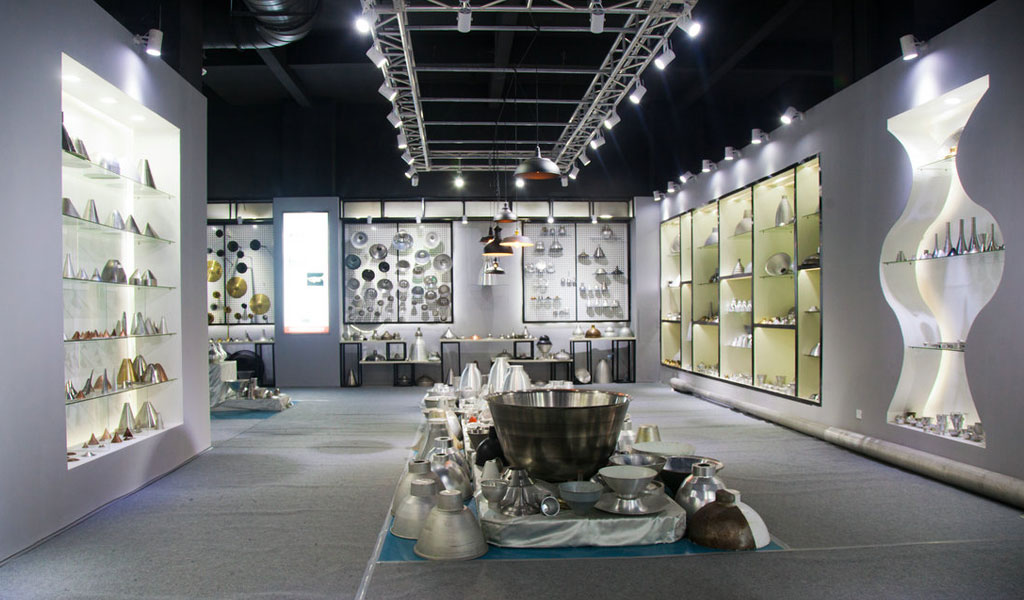
At BE-CU China Metal Spinning company, we make the most of our equipment while monitoring signs of excess wear and stress. In addition, we look into newer, modern equipment and invest in those that can support or increase our manufacturing capabilities. Our team is very mindful of our machines and tools, so we also routinely maintain them to ensure they don’t negatively impact your part’s quality and productivity.
Talk to us today about making a rapid prototype with our CNC metal spinning service. Get a direct quote by chatting with us here or request a free project review.
BE-CU China CNC Metal Spinning service include : CNC Metal Spinning,Metal Spinning Die,Laser Cutting, Tank Heads Spinning,Metal Hemispheres Spinning,Metal Cones Spinning,Metal Dish-Shaped Spinning,Metal Trumpet Spinning,Metal Venturi Spinning,Aluminum Spinning Products,Stainless Steel Spinning Products,Copper Spinning Products,Brass Spinning Products,Steel Spinning Product,Metal Spinnin LED Reflector,Metal Spinning Pressure Vessel,
